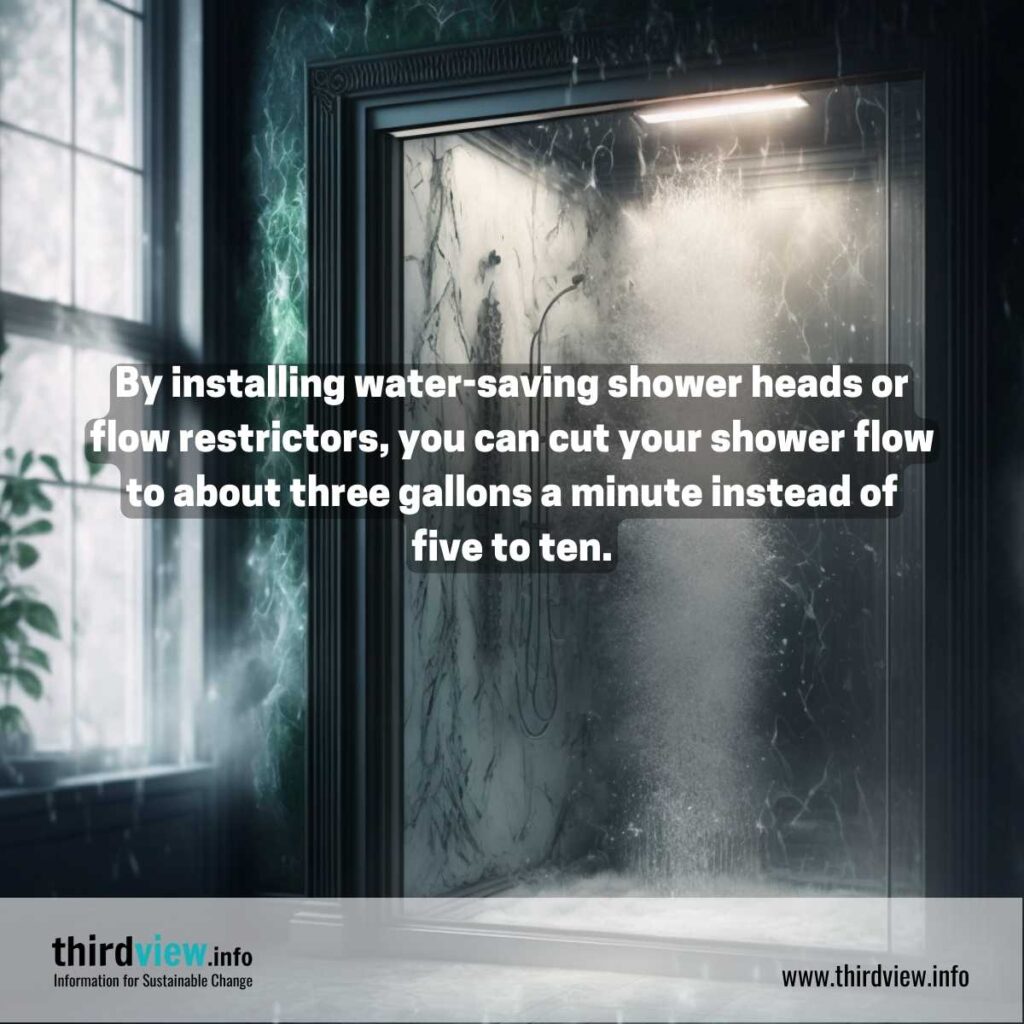Getting The Reclaim Waste To Work
Getting The Reclaim Waste To Work
Blog Article
Not known Details About Reclaim Waste
Table of ContentsReclaim Waste for DummiesThe Of Reclaim WasteSee This Report on Reclaim WasteReclaim Waste Can Be Fun For AnyoneSome Known Questions About Reclaim Waste.
Check out the kinds, incidents, and types of liquid waste. Residential sewer waste describes the waste and products from a residential septic container. This kind of waste is developed by humans in residences, colleges, and various other structures. This only includes septic storage tanks that have a drain field. The correct administration and disposal of residential sewage waste call for liquid waste to be moved to a sewer treatment plant where the correct approaches and devices are put on cleanse and throw away waste.
Industrial waste typically includes possible risks, such as flammable products or a combination of fluid and solid waste products, and calls for an advanced and detailed disposal process. The disposal of commercial waste typically entails the filtering of waste before transport to make sure risk-free and correct disposal. Hazardous waste is produced from by-products and drainage of commercial procedures and production.
This kind of waste can not make use of the very same sewer monitoring transportation or procedures as septic or industrial fluids. The commercial waste management process needs the evaluation and screening of fluid waste prior to it goes through the disposal procedure (industrial wastewater treatment). Runoff waste is the fluid waste that comes from runoff and excess stormwater in highly booming areas or cities
Overflow waste can cause contamination and flooding if not dealt with properly. Making certain appropriate waste management can protect against disasters and decrease ecological injury.
Reclaim Waste - Questions
Contact PROS Providers today to learn more about our waste administration and disposal services and the proper means to take care of the liquid waste you generate.
(https://justpaste.it/fauht)This so-called 'wastewater' is not just a crucial resource yet, after therapy, will be launched to our land, rivers or the sea. Made use of water from toilets, showers, baths, kitchen area sinks, laundries and industrial procedures is known as wastewater.

water made use of to cool machinery or tidy plant and devices). Stormwater, a kind of wastewater, is drainage that flows from farming and urban areas such as roofings, parks, yards, roads, courses and seamless gutters into stormwater drains, after rain. Stormwater streams unattended straight to local creeks or rivers, eventually getting to the sea.
Top Guidelines Of Reclaim Waste
In Queensland, a lot of wastewater is dealt with at sewer therapy plants. Wastewater is transported from residential or commercial websites via a system of drains and pump terminals, referred to as sewerage reticulation, to a sewer therapy plant. Local governments build, preserve and operate most sewage treatment plants. Operators are certified under the Environmental Protection Act 1994 to release treated wastewater at an acceptable environmental standard right into rivers.
The Department of Natural Resources recommends city governments about handling, operating and maintaining sewerage systems and treatment plants. In unsewered areas, regional governments may require owners to mount specific or house sewage therapy systems to treat domestic wastewater from toilets, cooking areas, washrooms and washings. The Division of Natural Resources authorizes using home systems when they are verified to be efficient.
Many stormwater receives no therapy. In some brand-new neighborhoods, therapy of some stormwater to get rid of clutter, sand and gravel has begun utilizing gross pollutant traps. Wastewater therapy happens in four stages: Gets rid of solid matter. Larger solids, such as plastics and other things mistakenly discharged to drains, are eliminated when wastewater is travelled through displays.
Makes use of tiny living organisms recognizes as micro-organisms to damage down and eliminate continuing to be liquified wastes and fine bits. Micro-organisms and wastes are integrated in the sludge.
Little Known Facts About Reclaim Waste.
Nutrient removal is not readily available at all sewer therapy plants due to the fact that it needs costly specialized tools. Clear fluid effluent generated after therapy might still consist of disease-causing micro-organisms - liquid waste disposal.

Most wastewater flows right into the sewerage system. useful content Under the Act, neighborhood federal governments administer authorizations and permits for environmentally pertinent tasks (ERAs) including wastewater releases that could have a neighborhood effect.
Reclaim Waste Things To Know Before You Get This
Otherwise, examples are considered research laboratory evaluation. Usually many examinations are required to establish the levels of each of the various pollutants such as oils, heavy metals and pesticides in water. Tracking offers valid details concerning water top quality and can verify that permit conditions are being fulfilled. The info gotten through monitoring offers the basis for making water high quality choices.
Report this page